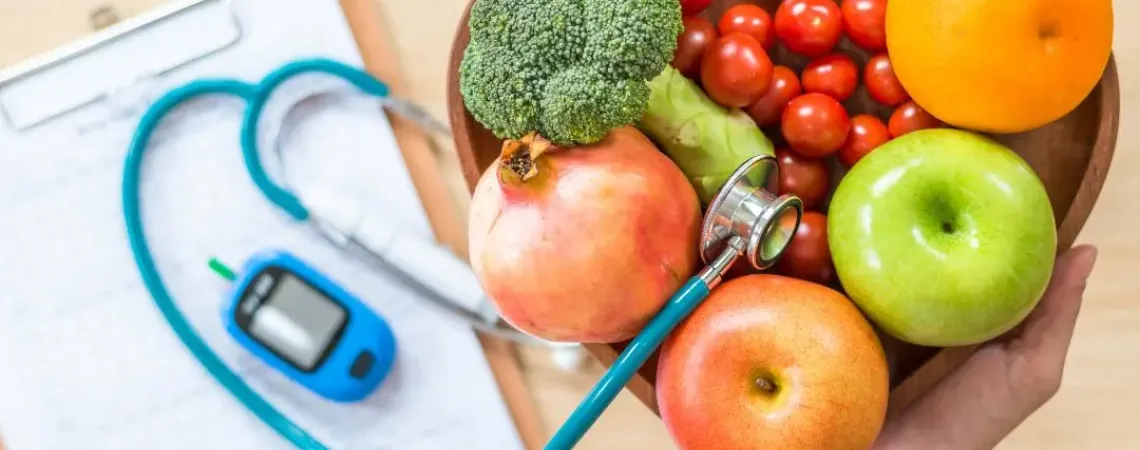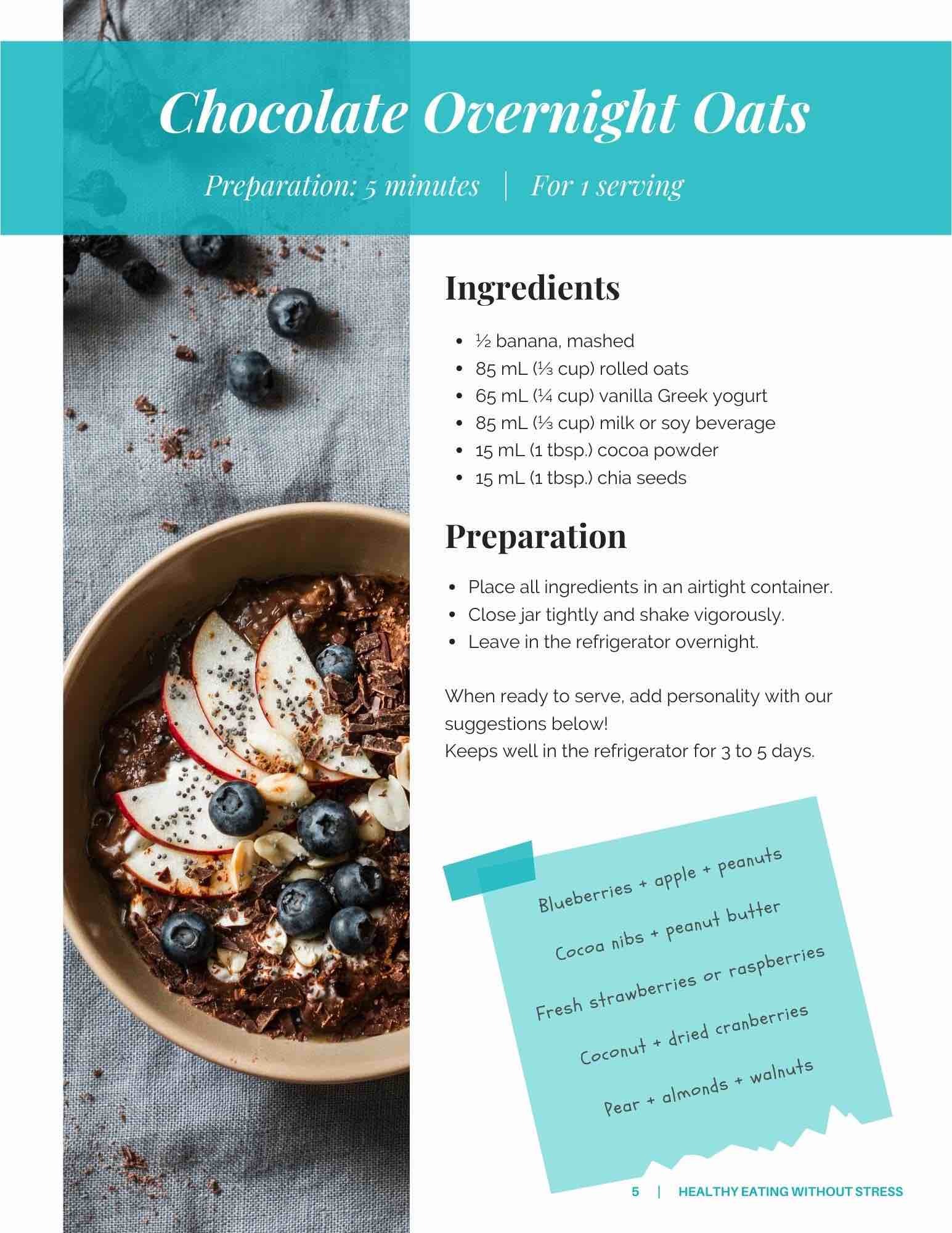
What Are Triglycerides?
Triglycerides are a type of fat produced by the liver and released into the bloodstream. They mainly come from dietary fats we consume, but also from excess calories that the body converts and stores in fat cells.
When triglyceride levels in the blood become too high, it can lead to hypertriglyceridemia, a risk factor for several cardiovascular diseases, such as heart attacks and strokes.
Excessive triglyceride levels can also harm liver health and increase the risk of metabolic syndrome and acute pancreatitis. That’s why it’s important to manage this condition.
How to Know if Your Triglyceride Levels Are Too High?
Only a doctor can diagnose hypertriglyceridemia. To assess your triglyceride levels, they will request a blood test. Here are the thresholds to be aware of:
- Normal: Less than 1.7 mmol/L
- Elevated: Between 1.7 and 2.2 mmol/L
- Very High: Above 2.3 mmol/L
Causes of High Triglycerides

Several factors can lead to an increase in blood triglycerides. Understanding the causes can help you better target the changes to make in your lifestyle:
- A diet high in calories and simple sugars: Eating too much sugar, especially refined sugars (like those found in sugary drinks, pastries, candy, white bread, and sugary cereals), can increase the liver’s production of triglycerides.
- Being overweight or obese: When the body stores too much fat, it disrupts the way it uses and removes triglycerides, which can lead to a buildup in the blood.
- Drinking alcohol: Alcohol is converted into triglycerides by the liver, so drinking too much can cause blood levels to rise sharply.
- Not being physically active: Moving regularly helps the body burn triglycerides for energy. Conversely, a sedentary lifestyle can lead to their buildup in the blood.
- Genetic factors: Some people may be predisposed to higher triglyceride levels because of their genes. This is called familial hypertriglyceridemia.
- Insulin resistance and diabetes: When the body no longer responds effectively to insulin (a hormone that regulates blood sugar), glucose builds up. To complete the process, the liver transforms this excess sugar into triglycerides, which increases their blood levels.
- Taking certain medications: corticosteroids, beta-blockers or oral contraceptives can increase triglycerides through different mechanisms.
How to Reduce Triglycerides Daily?
1. Reduce Sugar Intake (Less Than 50 g/day)

Lowering sugar consumption is essential for controlling your triglyceride levels. Refined sugars, found in sugary drinks, processed desserts, and even some prepared meals, are particularly harmful. Here are some strategies to help:
- Pause before eating dessert: Wait 15 to 20 minutes after a meal to see if you still crave it. Ask yourself: Am I still hungry?
- Choose healthier alternatives: Opt for a fruit, plain yogurt, or homemade desserts where you can adjust the sugar content.
- Replace sugary drinks: Swap soda and commercial juices for water, herbal teas, or sparkling water. Try infused water with a slice of lemon or cucumber for variety.
2. Move More (150 Minutes of Moderate or 75 Minutes of Intense Activity Per Week)

Physical activity plays a key role in improving insulin sensitivity and helping to reduce triglycerides by using fat as an energy source:
- Discover a new sport or activity you enjoy: Brisk walking, dancing, yoga, cycling... It’s not about duration but consistency.
- You don’t need a gym to be active! Take every opportunity to move: walk or take the stairs instead of the elevator, stretch while watching TV, or do squats during work breaks.
- Start gradually: If you’re new to exercising, begin slowly and increase intensity or duration over time.
- Need inspiration? Try our KoalaPro Premium app for free, offering hundreds of home workouts suitable for all levels: Pilates, yoga, HIIT, cardio-boxing, and more.
3. Increase Omega-3 Intake (2-4g EPA + DHA Per Day)

Omega-3s, found in fatty fish like salmon, mackerel, and sardines, are essential fats that help lower blood triglycerides. Here are some ways to increase your omega-3 intake:
- Eat fatty fish: Include salmon, sardines, or mackerel in your meals at least twice a week.
- Add omega-3-rich seeds: Sprinkle chia or ground flaxseeds into your smoothies, yogurts, or cereals, or try chia pudding.
- Use omega-3-rich oils: Opt for flaxseed, canola, or camelina oil for dressings or cooking vegetables.
- Consider supplements if needed: If you don’t consume fish often, an omega-3 (EPA and DHA) supplement may be an option. Consult a healthcare professional before taking one.
4. Eat Nuts (30 to 60 g Per Day)

Nuts, such as almonds, walnuts, or hazelnuts, are sources of healthy fats that can help lower triglycerides:
- Add chopped nuts to your salads for a satisfying crunch.
- Incorporate them into homemade desserts, like granola bars, muffins, or energy bites.
- As a snack, a small handful of nuts or a trail mix is a great quick option.
5. Reduce Alcohol Consumption (1 to 2 Drinks Per Week)

Alcohol is directly metabolized by the liver and stimulates triglyceride production. Any reduction in your current consumption is beneficial. Here are some strategies to help cut back:
- Set clear limits: For example, one glass of wine on Friday night, and that’s it for the week.
- If you want to keep the social aspect of drinking, replace alcohol with homemade mocktails (non-alcoholic cocktails). Try a non-alcoholic spritz with sparkling water, lemon, and mint.
- Learn to say no to a second or third drink: Simply say “no, thanks” and choose a non-alcoholic alternative like water or herbal tea.
6. Increase Soluble Fibre Intake

Soluble fibre forms a viscous gel in the intestine, slowing down the absorption of carbohydrates and fats. This has several benefits, such as reducing sugar absorption and blood sugar spikes and decreasing fat absorption. Here are some examples of soluble fibre sources:
- Include oats in your breakfasts or snacks: Overnight oats, smoothies, or homemade granola bars.
- Add chia seeds: Mix them into yogurts, smoothies, or make chia pudding as a snack.
- Eat more fruits rich in pectin: Apples, pears, and citrus fruits can easily be added to desserts or snacks.
- Incorporate legumes into your meals: Soups, salads, hummus, chili, sandwiches, etc.
Increase fibre intake gradually and ensure adequate water consumption to avoid digestive discomfort.
Personalized Support for Better Health

Triglycerides are influenced by more than just diet. Stress, sleep, and smoking also play a key role. Since everyone is different, there is no one-size-fits-all solution: your overall habits make the difference.
Additional Support with Support+
In addition to consultations with a dietitian, our Support+ service offers ongoing support to help you progress at your own pace. It includes access to the Heart Optimal Health inspiration group, a space where you can:
- Share your successes and challenges with a supportive community
- Get quick answers from your dietitian between appointments
- Stay motivated with practical and inspiring advice
Book an appointment with a Registered Dietitian Nutritionist to benefit from personalized support and, if you wish, the additional support offered by Support+!






